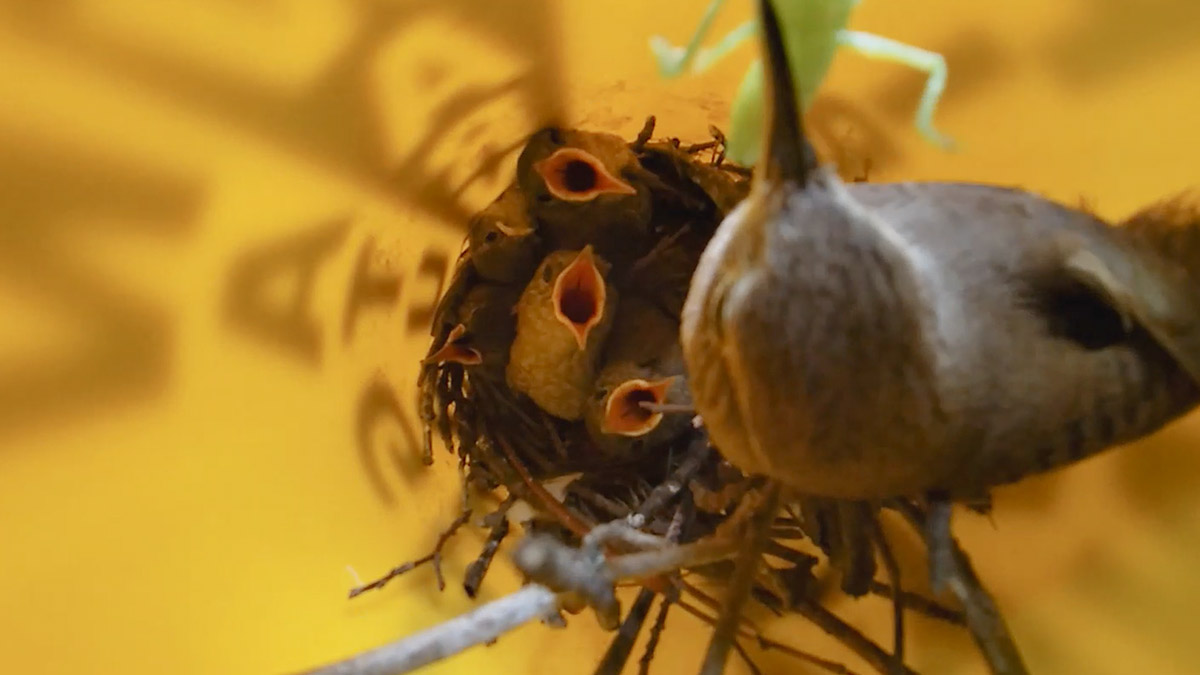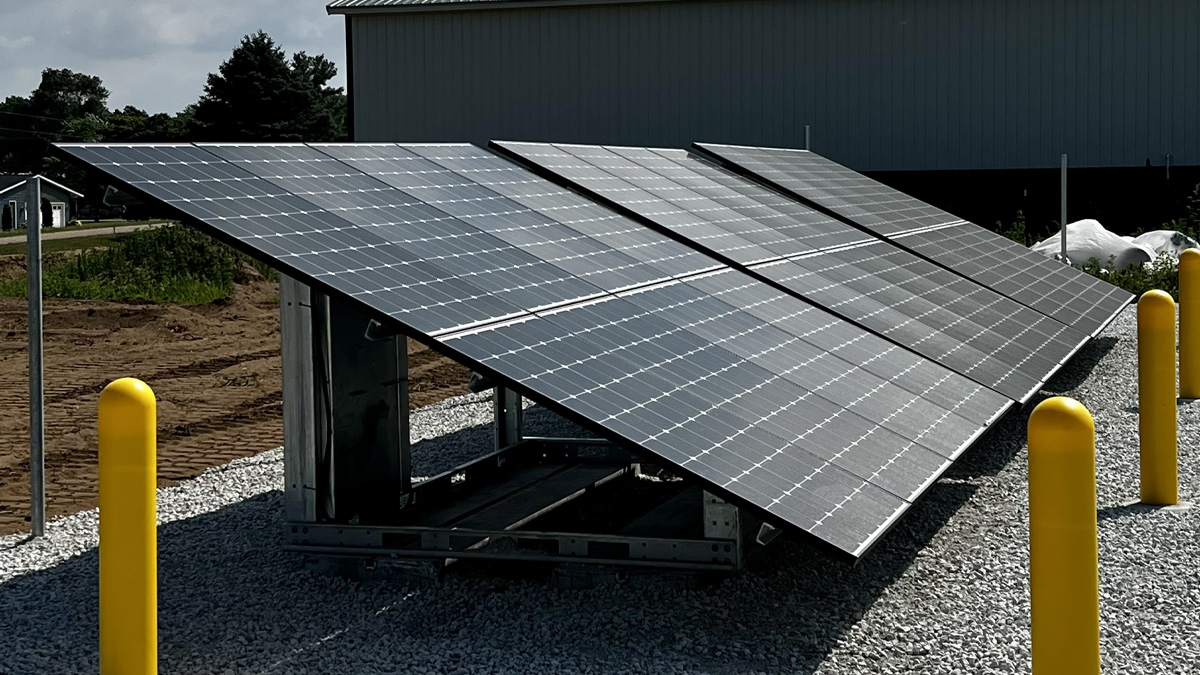Results 111 to 120 of 625 for “headquarters locations”
tce-carbon-disclosure-project.pdf

Applications for our Canada and U.S. student programs are currently open, Apply today!

CALGARY, ALBERTA--(Marketwire - June 7, 2011) - A new report released by IHS CERA concludes Keystone XL would be a big positive for American consumers and U.S. energy security. This was one of the findings in a special report entitled 'The Role of the Canadian Oil Sands in the US Market: Energy S...

CALGARY, ALBERTA--(Marketwire - June 17, 2008) - TransCanada Corporation (TSX:TRP) (NYSE:TRP) (TransCanada) today announced that TransCanada PipeLines Limited filed an application with the National Energy Board (NEB) to establish federal regulation for TransCanada's Alberta System. The applicatio...

Four families of house wrens chose specially made nesting cavities in the company’s pipeline markers as safe, cozy places to rear their young this summer. And, thanks to a little foresight and some delicate work, the evolution of two of those families was captured on camera.
The British Columbia Integrated Pest Management Act & Regulations (IPMA and IPMR) include provisions for pesticide uses under a Pest Management Plan (PMP) – which is referred to as an Integrated Vegetation Management Plan or IVMP in this document. The objectives for the IVMP are to identify pests and set clear, distinct, and tangible thresholds that will assist in determining the level at which vegetation becomes a pest and identifying strategies for control.
tc-energy-integrated-vegetation-management-plan-for-southeast-bc-2024-2029.pdf

Solar energy to power TC Energy renewable natural gas (RNG) interconnects – meter stations that measure the amount of gas being transported – is helping the company to work towards our net-zero commitment while also enabling the company to sell renewable energy to the local utility.